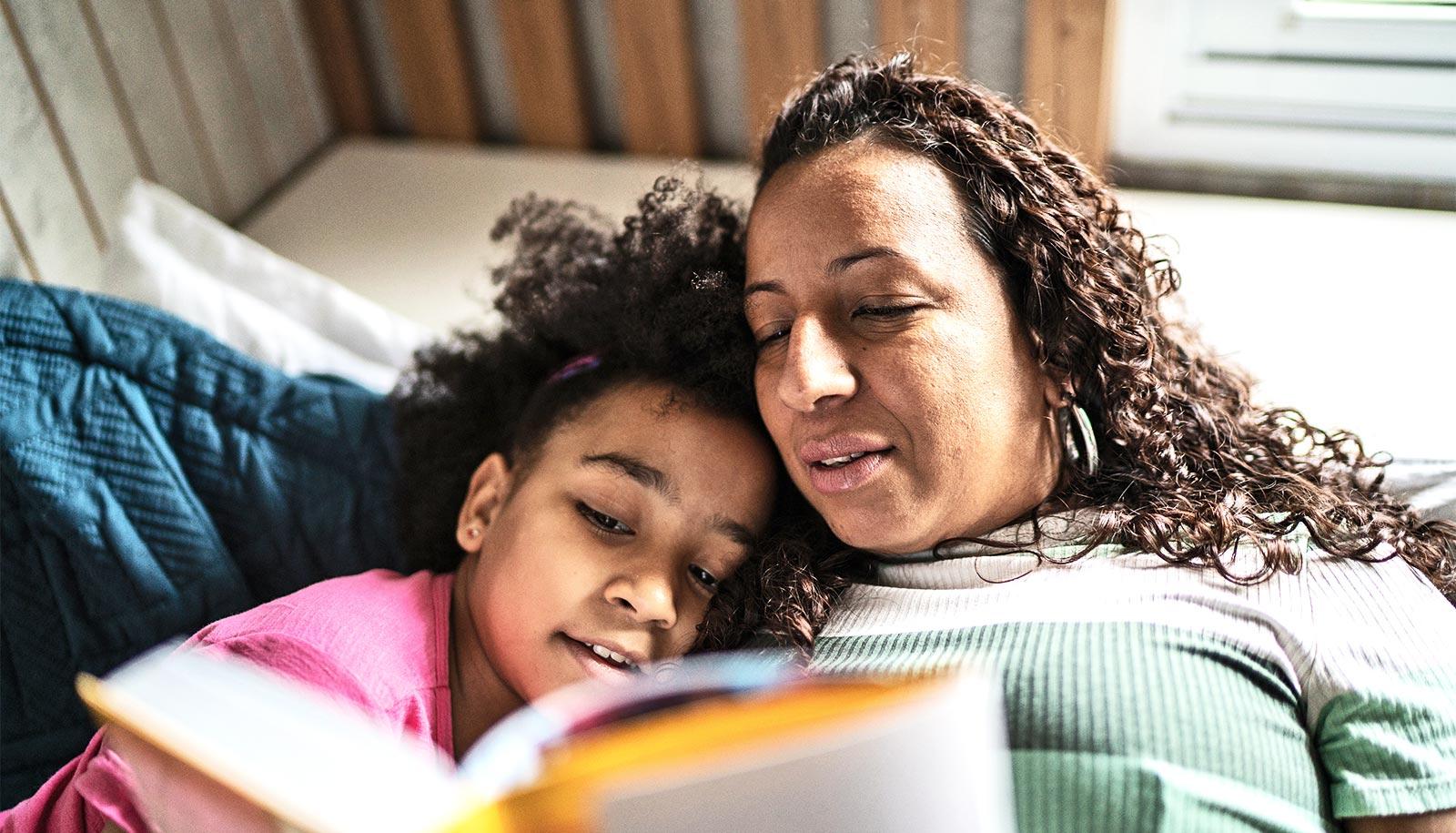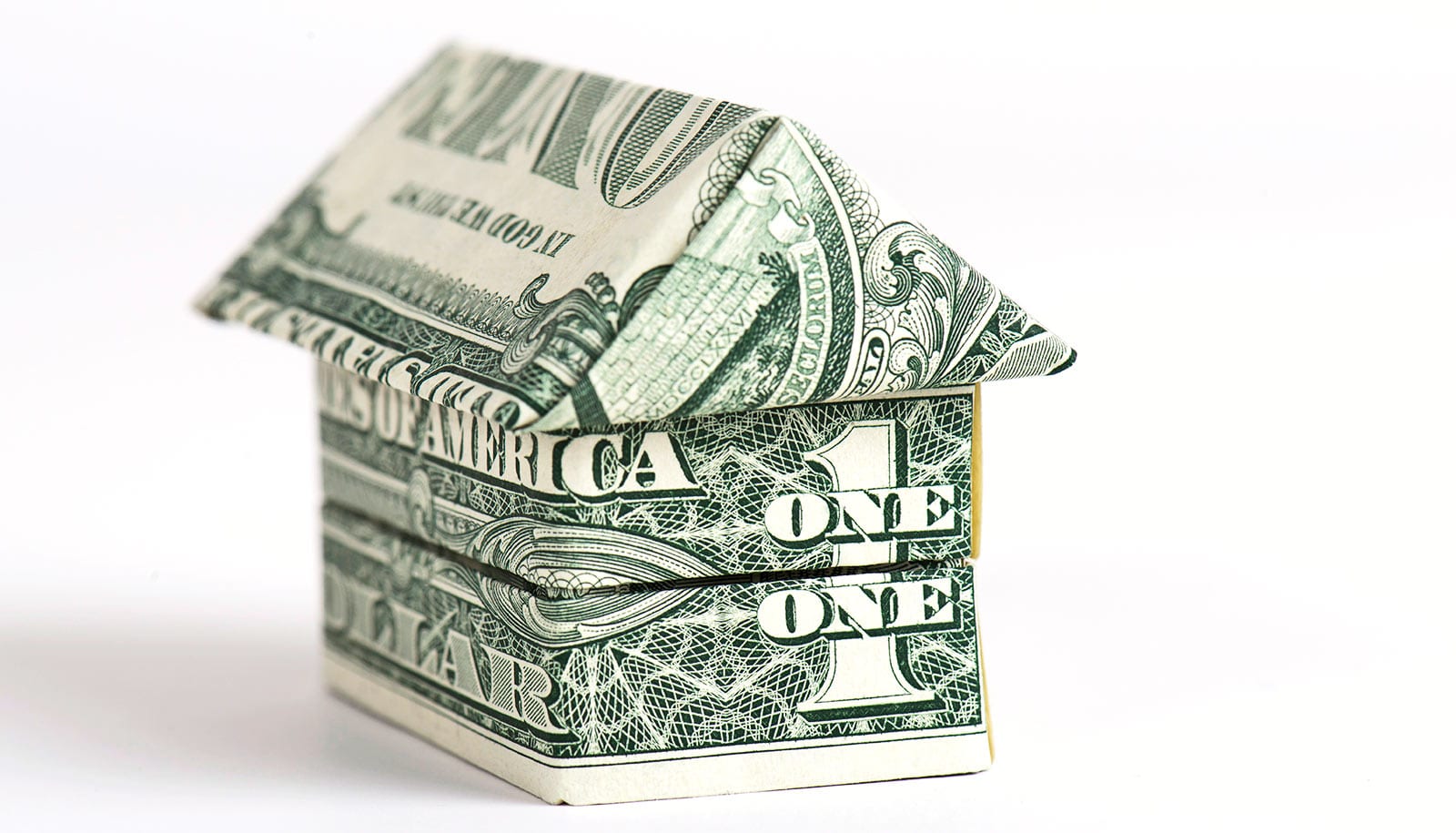Black and white children who grow up in subsidized housing are doing equally well in school, jobs, and earnings, and the racial disparities that once sorted their families into very different housing developments are mostly gone, a new study finds.
Once-stark racial differences in the prevalence of blacks and whites in the three main types of subsidized housing—large public housing “projects,” smaller-scale multifamily housing developments, or private housing paid for with vouchers—have also largely disappeared.
In the 1970s and ’80s, blacks were far more likely than whites to live in big projects, but more recently, black and white families have had essentially equal chances of living in any of the three housing types. The changes have come as high-rise projects have been torn down and replaced in many US cities with smaller-scale developments.
“Earlier work suggested blacks were treated differently in assisted housing, but this new evidence suggests we’re not seeing that anymore,” says C. Scott Holupka, a researcher at Johns Hopkins University.
One important difference remains, however, between black and white families in assisted housing. Black families receiving housing subsidies are about nine time more likely than whites to live in segregated, impoverished neighborhoods.
Housing boom was a bust for African Americans
For the study, published in the journal Housing Policy Debate, Holupka and Sandra J. Newman, professor of public policy, combined data from the Panel Study of Income Dynamics, an ongoing study of US households, with records from both the federal Department of Housing and Urban Development and the US Census.
For the part of the study looking at racial disparities in assisted housing, researchers considered households with at least one child younger than 18 in the 1970s, 1980s, 1990s, or 2000s. For the examination of child outcomes, they looked at young people who lived in assisted housing for at least one period of time between 2001 and 2007, when they were between ages 10 and 17. The researchers then looked at the same subjects’ education, employment, and income in 2011, when they were 20 to 26 years old.
In the 1970s, black families receiving housing assistance were almost twice as likely as white households to live in public housing, 62 percent to 32 percent. In the 1980s, the disparity was 50 percent to 25 percent. But by the 2000s, black and white families had essentially an equal chance of living in each type of assisted housing.
In addition to the demolition of dense high-rise projects, the newfound parity can be attributed, in part, to greater reliance on housing vouchers and to policy changes that advance fair housing, the researchers say.
Homeless families fare better with housing vouchers
The quality of the neighborhoods these families lived in remained the one clear racial difference in the 2000s. Roughly 34 percent of black households with children who moved into assisted housing during this decade lived in areas defined by neighborhood poverty, low housing values, and a large minority population, compared with only 4 percent of white households with children.
The most disadvantaged black families were two-thirds more likely to live in this type of neighborhood than other black households.
Although black children who lived in higher-quality assisted housing neighborhoods tend to have higher rates of high school graduation, to earn more, and to work more hours in young adulthood than those who lived in poorer-quality assisted housing neighborhoods, the most important predictor by far of their life-chances was their family background, the study shows.
“While black and white families have access to the same quality housing units,” Newman says, adding “where that housing is located is a much harder problem to resolve—we need to fix the structural causes of geographic imbalance.”
Source: Johns Hopkins University



